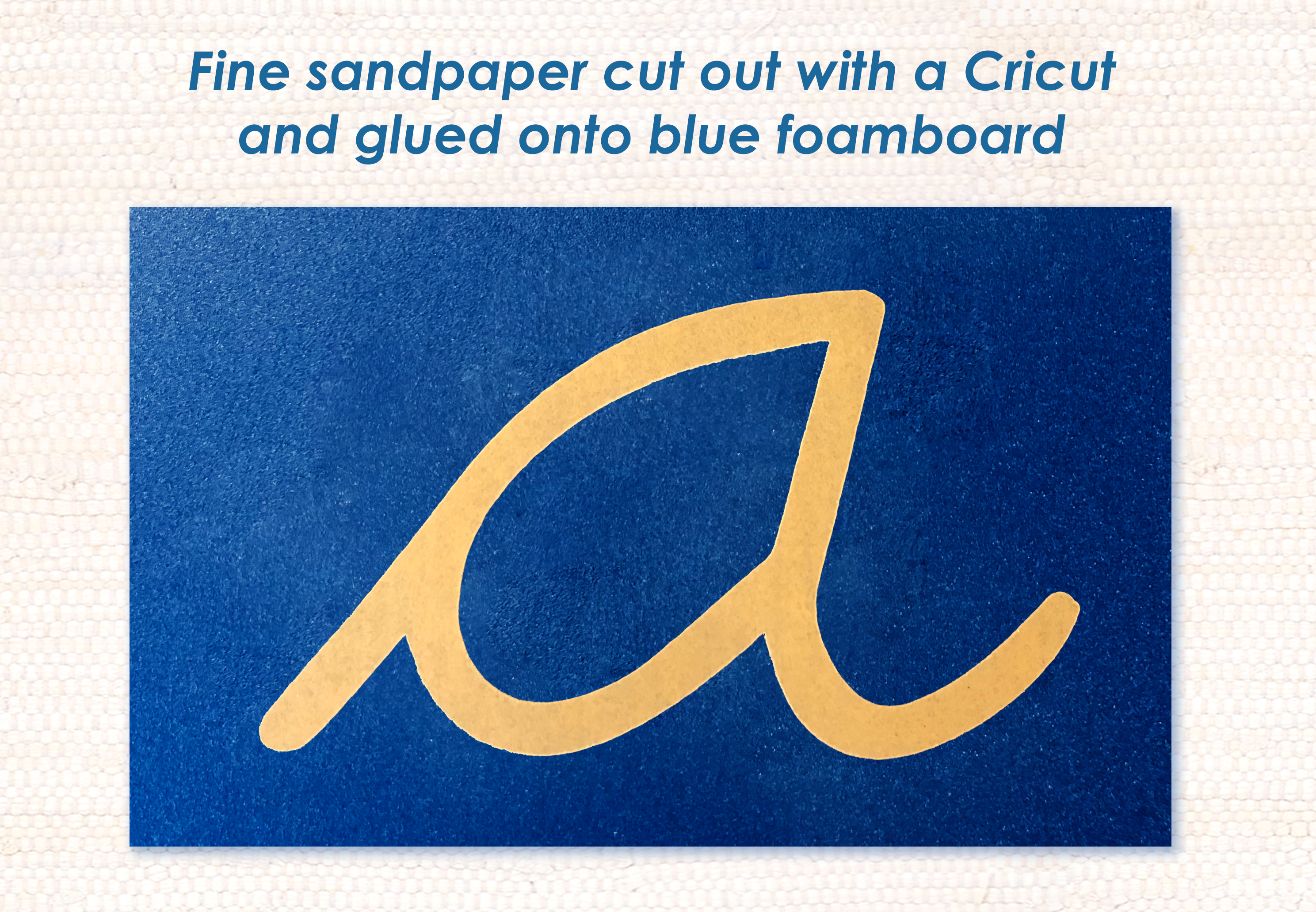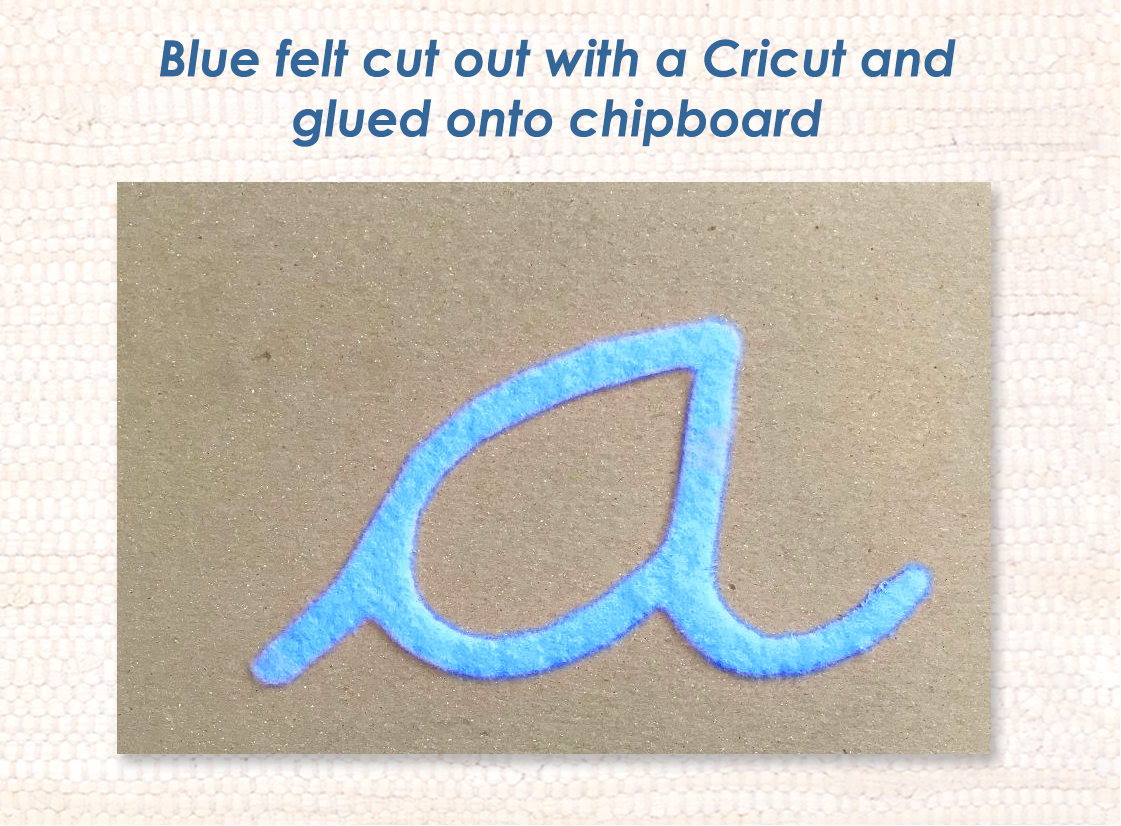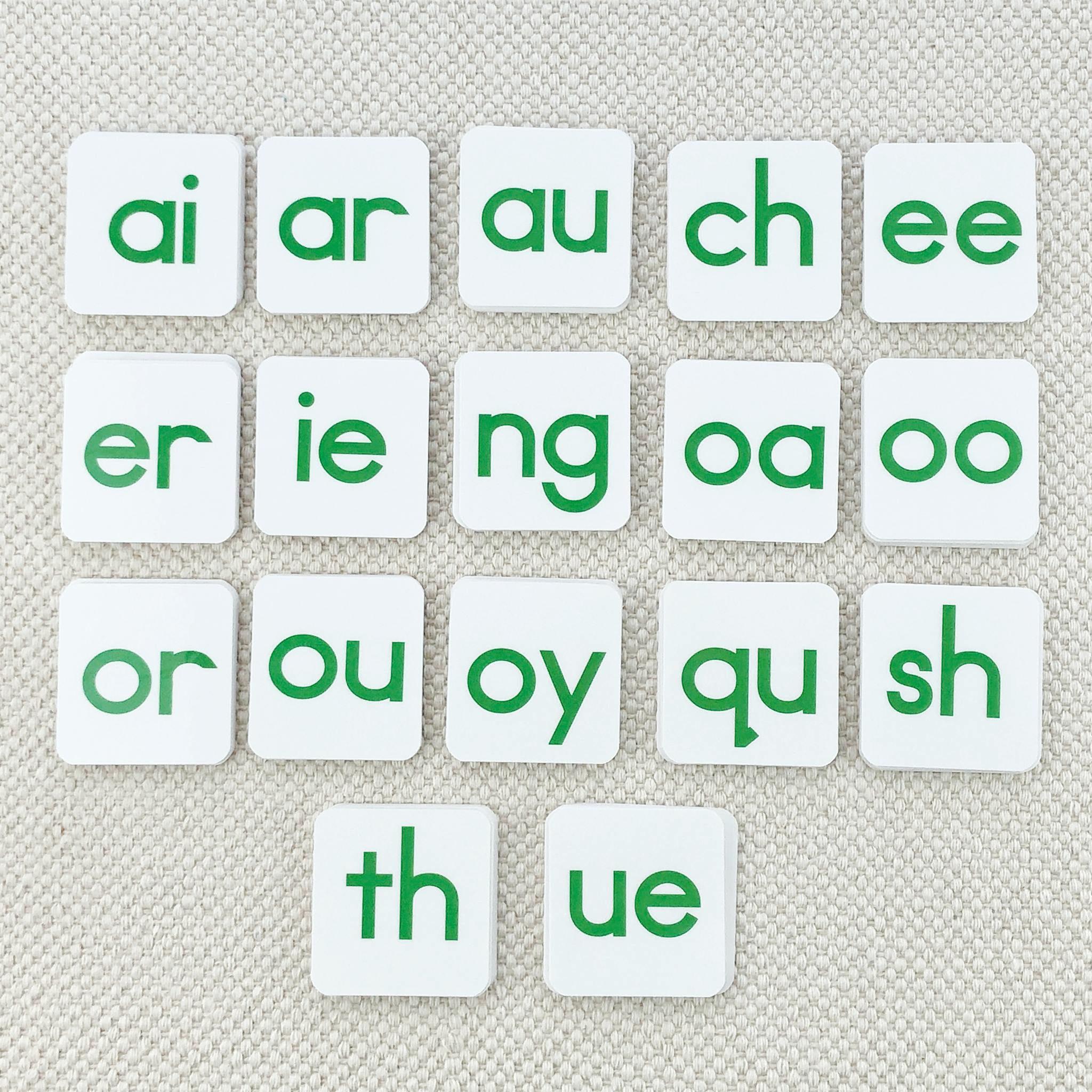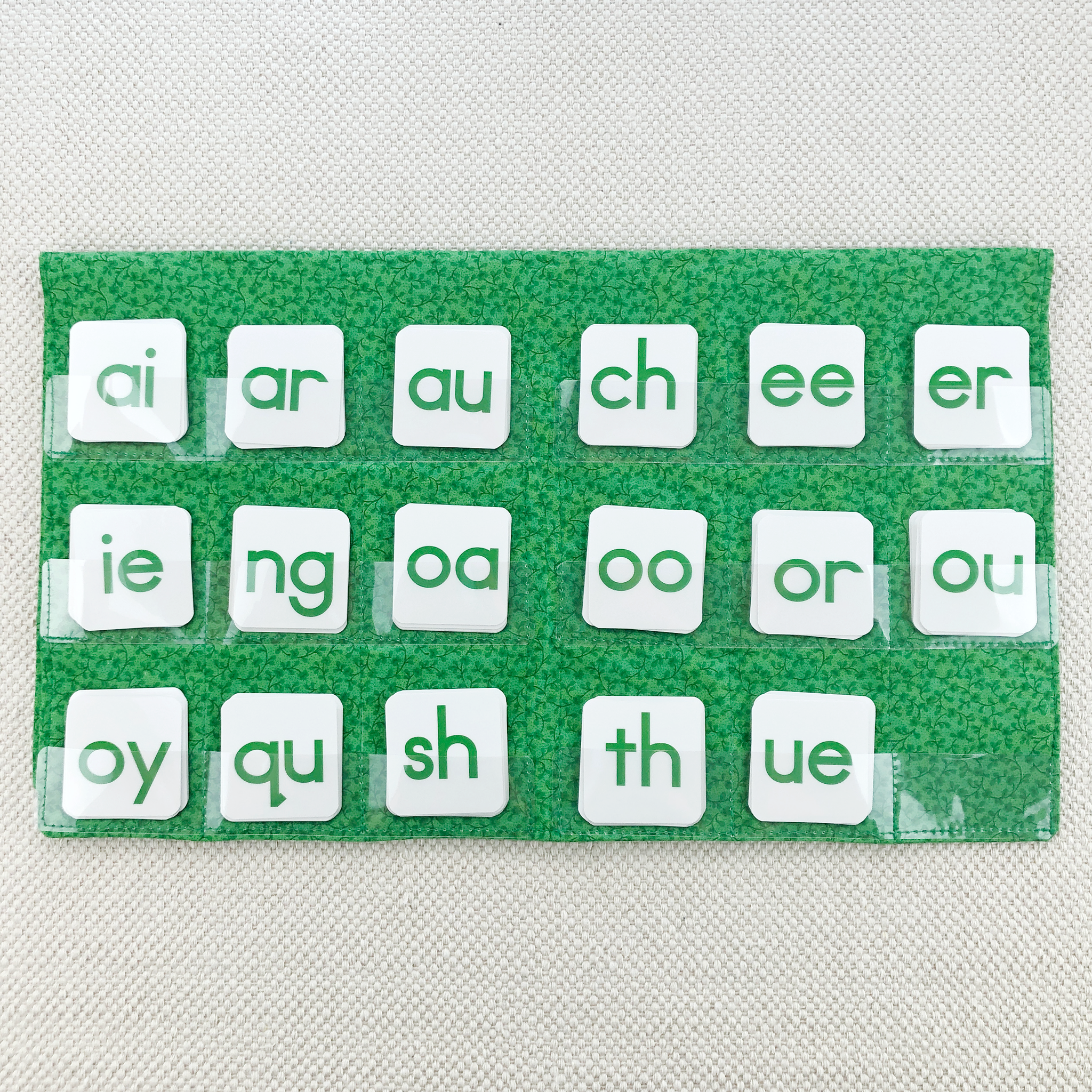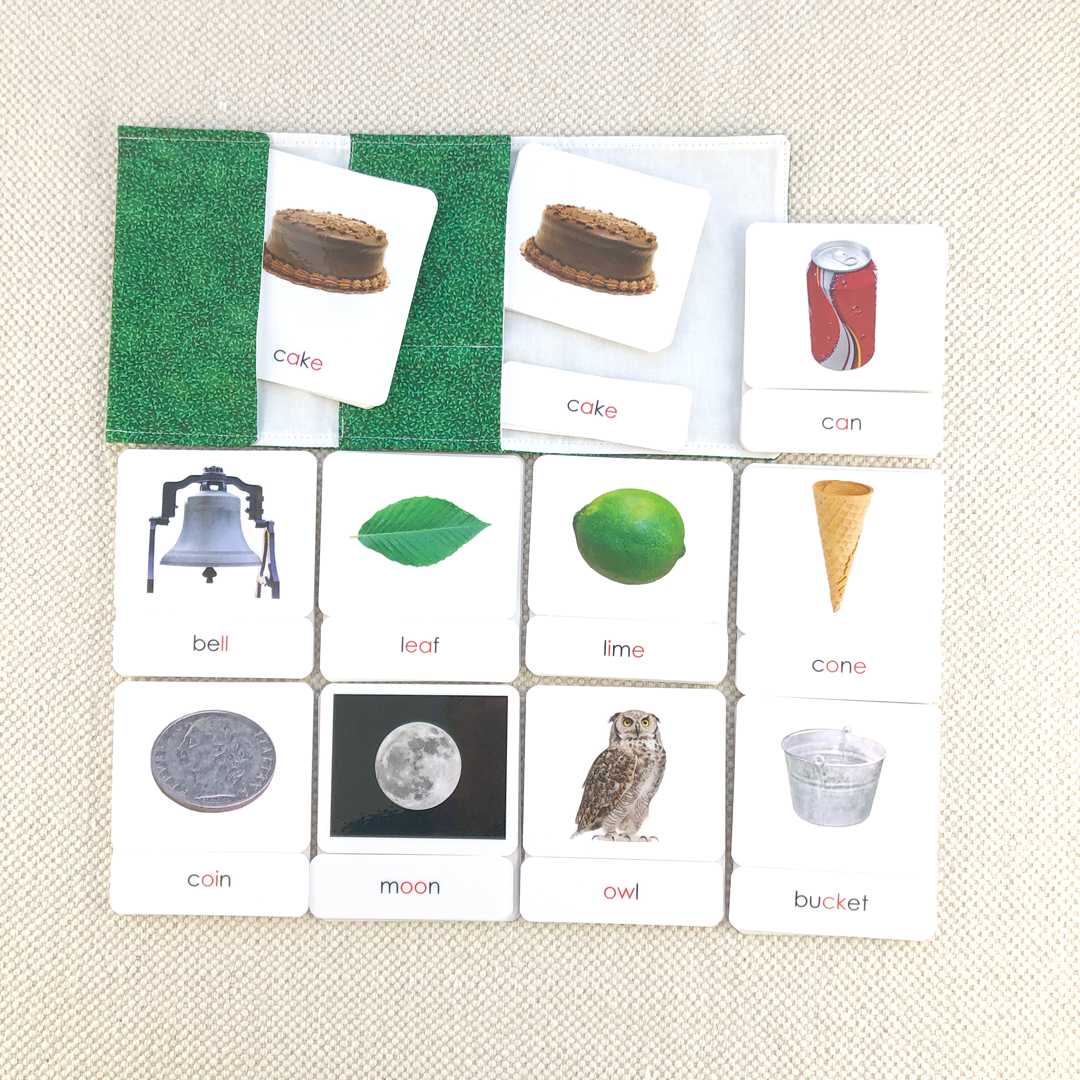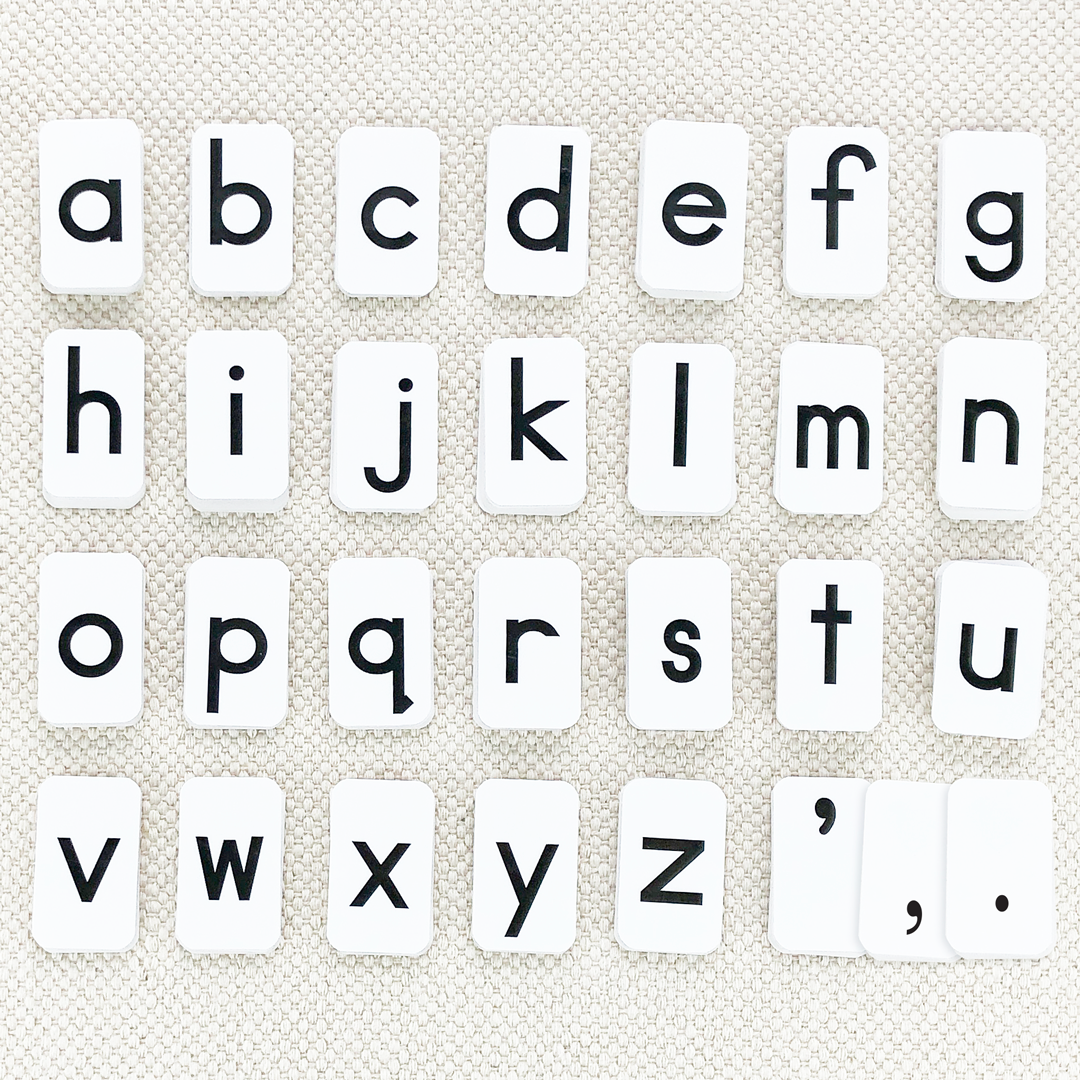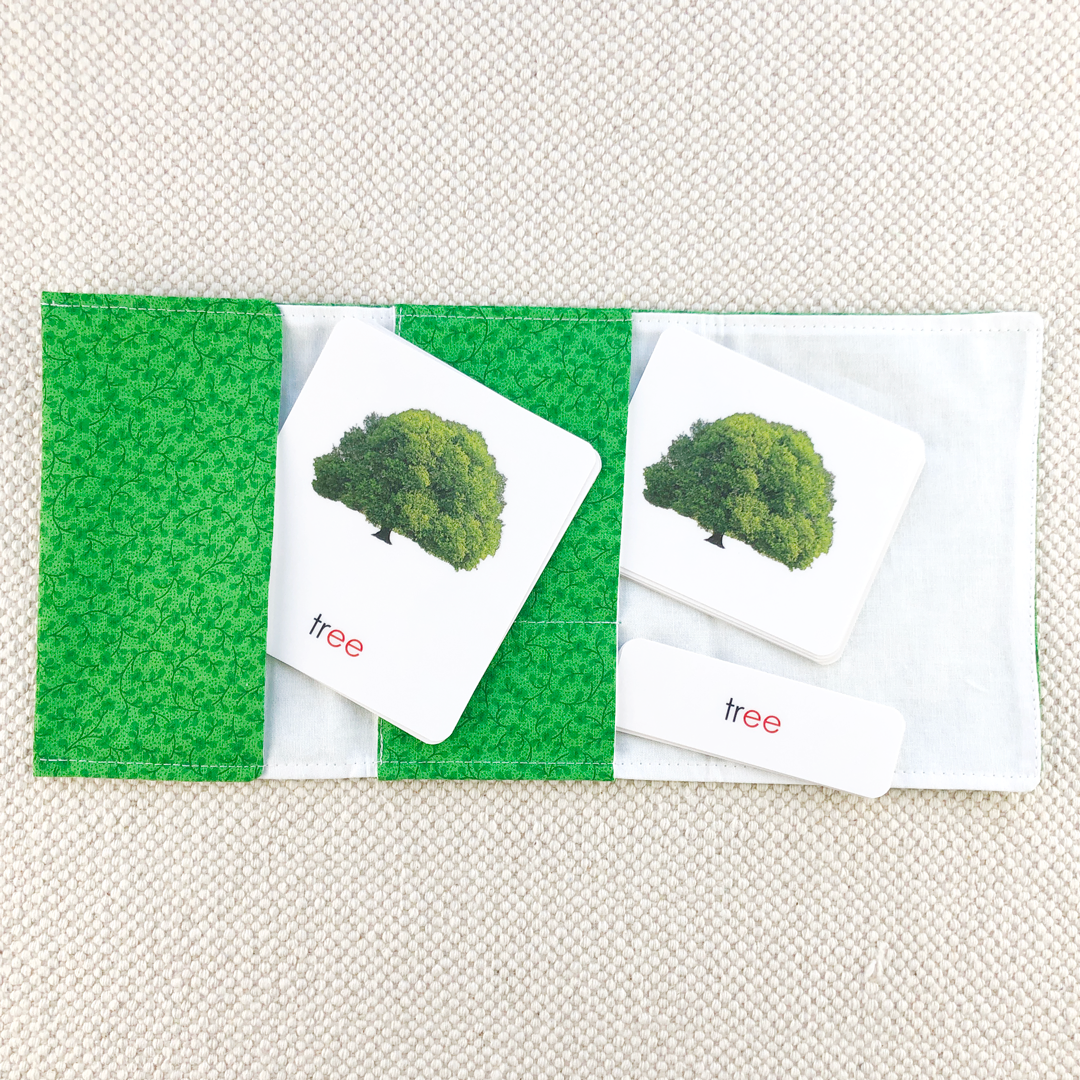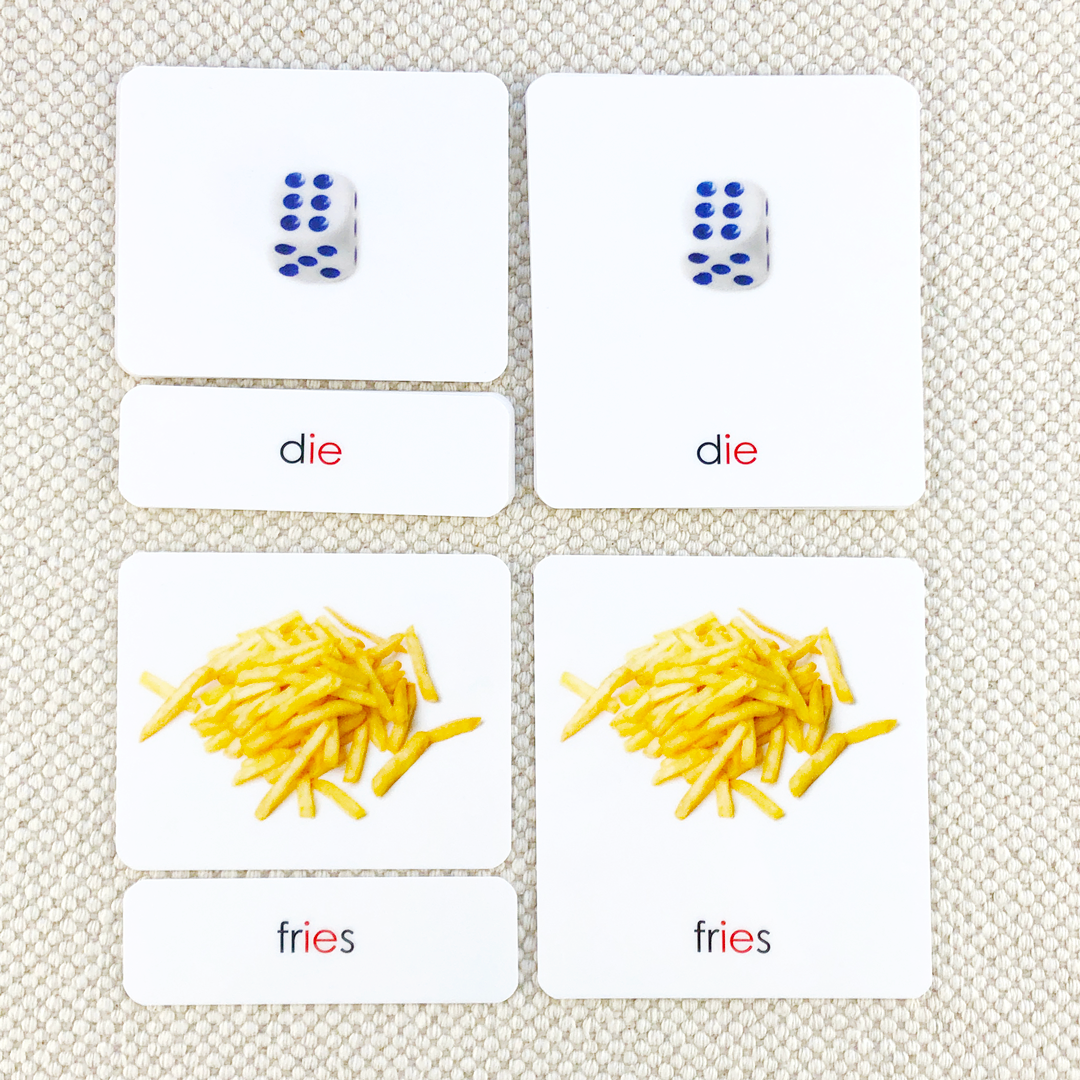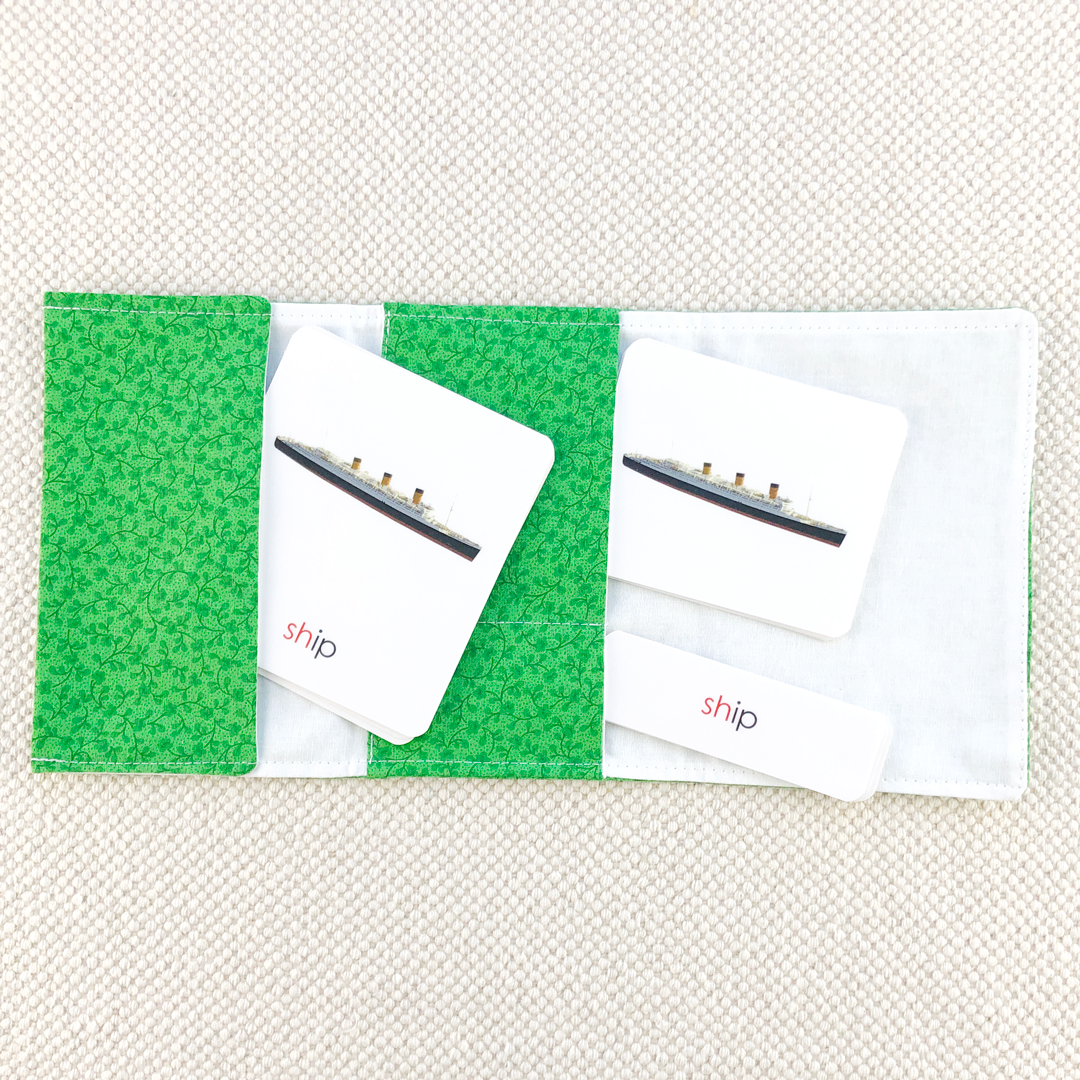Filters
More Information:
Phonogram Study
Phonograms can be easily learned when you follow the key steps to literacy. Here's a list of the essential activities and the materials you need:
- Sound games
- Sandpaper letters
- Movable Alphabets (including phonogram alphabets)
- Phonogram 3-Part Reading Cards
- Phonogram Lists
- Alphabet Explorations with Solid color alphabets
- Phonogram Spelling Folders
- Phonogram Dictionary
Watch our Phonogram Video Lesson plans for details.
Here are details to help you along your phonogram journey.
Alphabets for Word Building
Once children know most of the letter/phonogram sounds (teach these with the 3-period lesson), they are ready to start using the movable alphabets. This gives them practice phonetically building words using the letters/phonograms they know.
Phonetic Reading Cards
As students gain experience building words, they will naturally start decoding words. This is the first step to reading. When this happens, we introduce phonetic reading cards that feature spellings that follow the basic rules of english pronunciation (Levels 1 and 2 of our Phonetic Reading Cards). But very soon after that (often within a week or two) they are ready to read words that include phonograms (Level 3 of our Phonetic Reading Cards).
Phonogram Lists & Spelling Folders
Next, we help them extend into accurately spelling words that contain phonograms via our Phonogram Reading Lists. These lists pique their curiosity about spelling and lay the ground for a systematic exploration of predictable spelling variations via the Phonogram Folders.
Alphabet Explorations
From here, the children want to delve deeper into phonograms by using the solid color movable alphabets (red, black, or blue) for phonogram explorations. These alphabets let children practice their spelling using the rules they've learned.
Finally, we show them how to use the Phonogram Dictionary so they can decipher the spelling variations they come across when they are reading.


